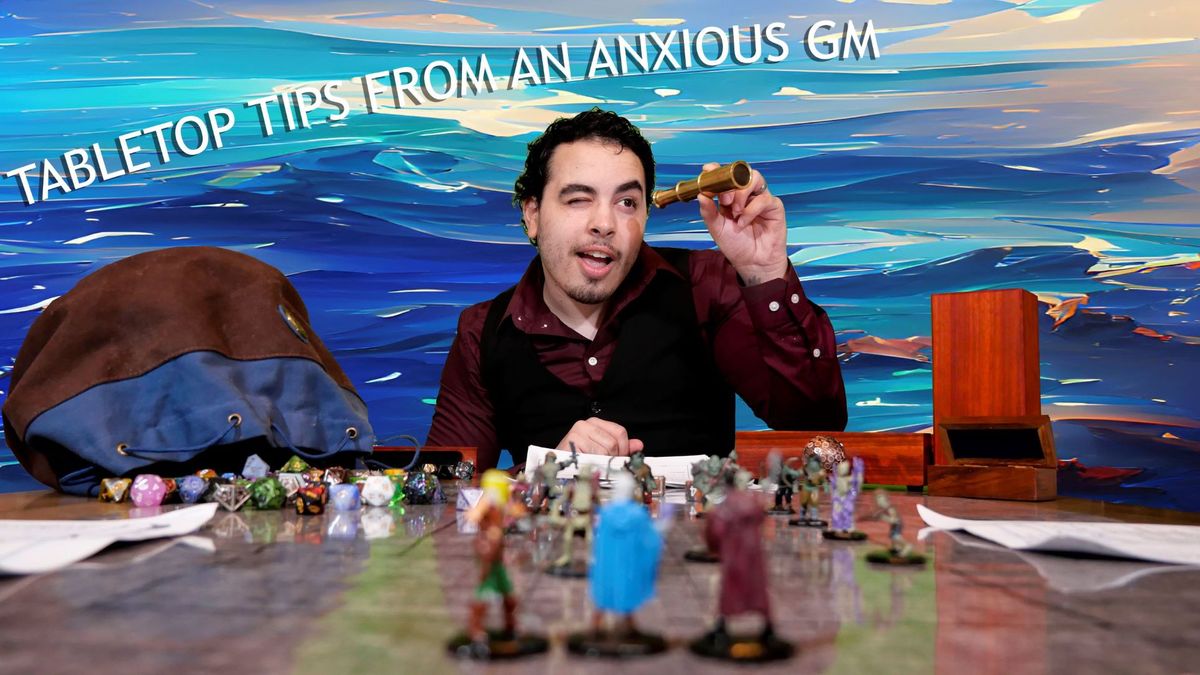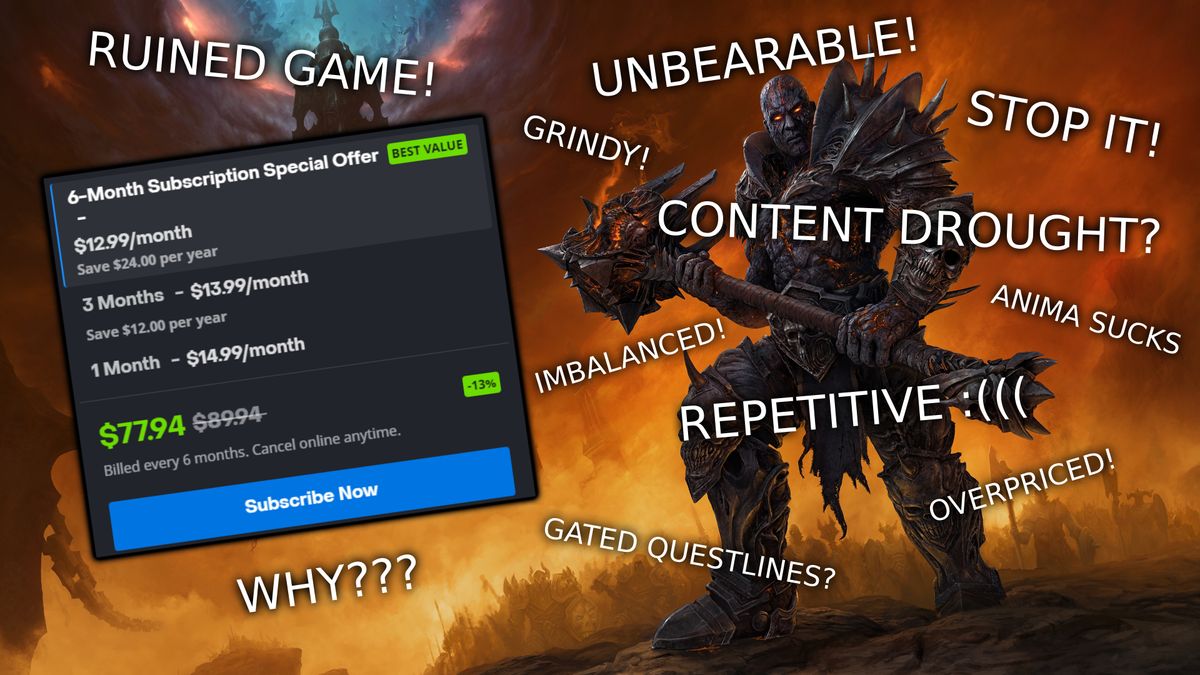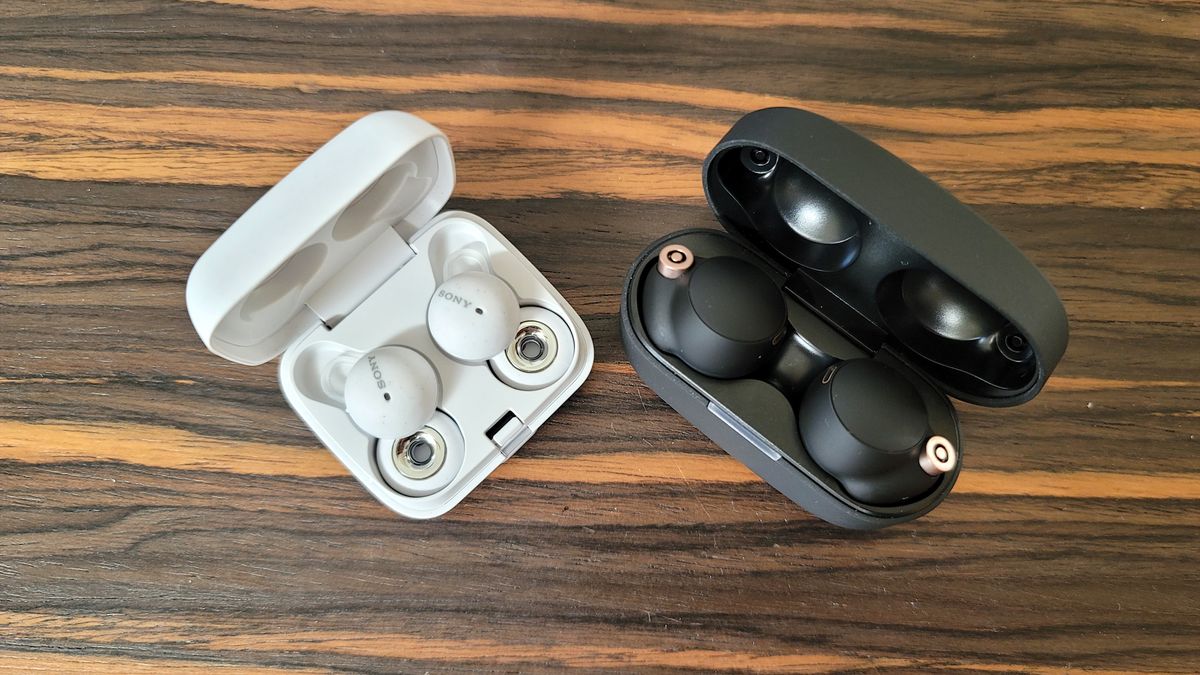Tips for how to be a better GM and player for D&D 5e or any TTRPG can be as abstract as thinking outside of the box or as concrete as using specific software to ease things along — I am going to give you both. Starting D&D, or any TTRPG, can be complex, but that shouldn’t deter you from experiencing the greatest graphics engine in gaming: your imagination.
I’ve written many tips about the best virtual tabletop software, how to pick your soundtracks, how to make a D&D character, and much more all listed below. This article will be updated weekly with tips, tricks, and any advice that will come via my new series: Tabletop tips from an anxious GM.
If you have a question that isn’t answered by looking at this list — ask me! Send me your questions concerning mechanical, narrative, or social issues in the tabletop gaming space. You can email me at rami.tabari@futurenet.com or find me on Twitter.
Many D&D or TTRPG things I cover won’t be listed in here because they’re not technically tips. For example, if you are interested in video games that are D&D adjacent, check out my Life is Strange: True Colors review, which features a character that is canonically a Critter (fan of Critical Role), and there’s also my Tiny Tina’s Wonderlands review, which is not only D&D-inspired, but features Critical Role guests like Ashly Burch. However, if you want something to really scratch that D&D itch in video game form, check out Baldur’s Gate 3.
Without further ado, here are some of my best D&D tips for how to be a better GM and player in 5e — or any TTRPG.
Tips for playing DND 5e or any TTRPG
1. How to play D&D or any TTRPG online
If you are brand-spankin’ new to the tabletop gaming space, and eager to jump into roleplay without exposing yourself to the risks of in-person gaming amidst the ongoing pandemic, I’ve got you covered. Since D&D and all TTRPGs are basically pen-and-paper games, you only need to talk to people in order to run a session, but there are many resources on the internet that’ll make your experience as seamless as playing in person.
Firstly, the internet is your player’s handbook. Yes, D&D and most TTRPGs can be incredibly rule-heavy, but the best part about a TTRPG is that you can throw those rules right out of the window. Don’t worry too much about what’s right and wrong — just have fun. Secondly, find a virtual tabletop (check out the tips below for specifics). Thirdly, make your character sheet a seamless experience with tools on D&D Beyond, a website for buying D&D 5e books and creating characters, or use Adobe Acrobat for more customization. Next, use Discord to manage your games. Finally, if you’re a GM, abuse the internet’s resources — there are so many good tools online to make GMing much easier.
See in-depth advice here — How to play D&D online.
2. What is the best virtual tabletop software?
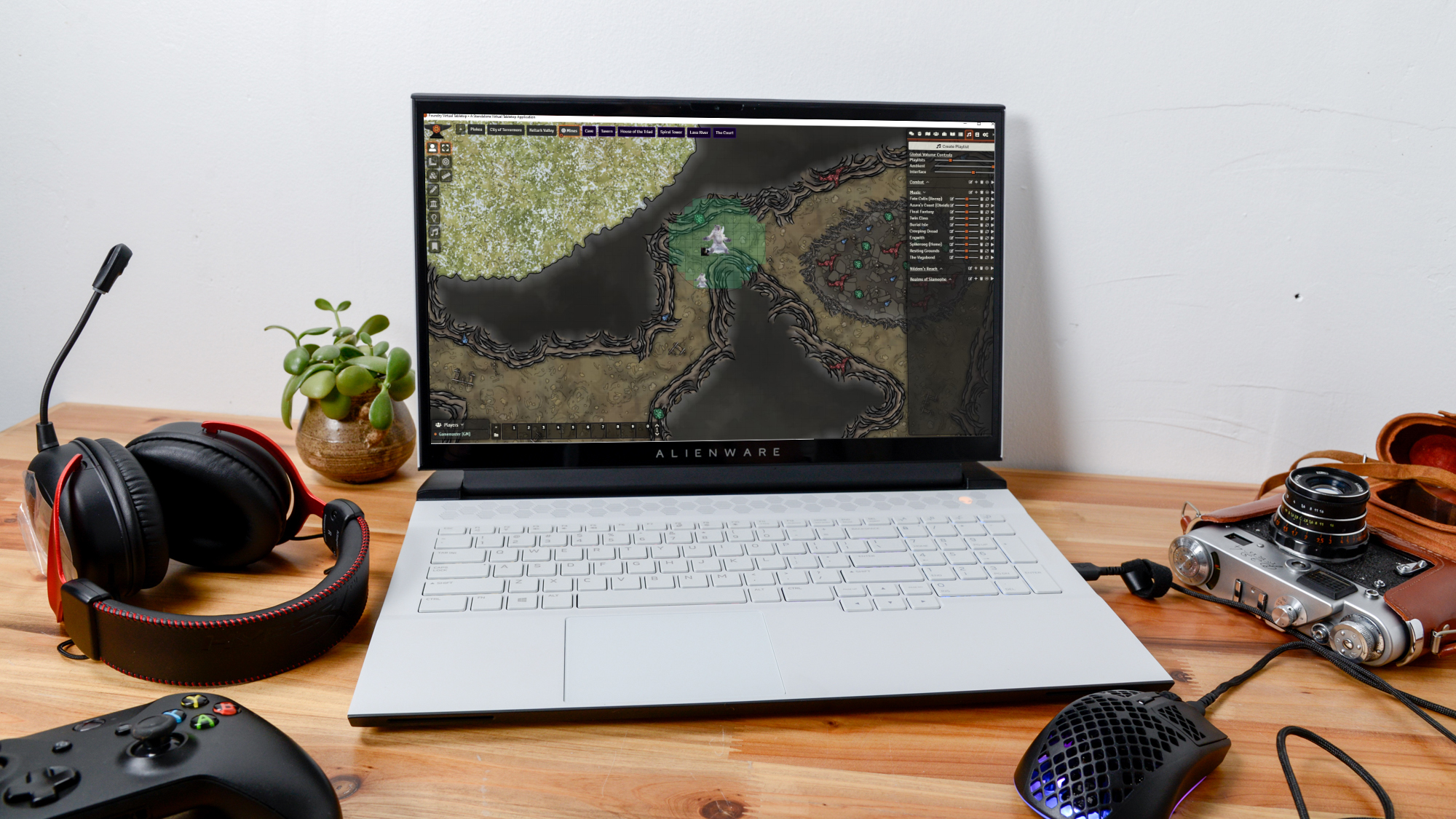
You don’t necessarily need the best virtual tabletop software to have a good time playing Dungeons & Dragons (or any other tabletop role-playing game out there), but it certainly helps. As a game master, I know how important it is to know which virtual tabletop works best for your group and for the type of game you’re playing. I’ve bounced around between several of them, so I can help you decide which is the best virtual tabletop software to use for your needs.
There are quite a few great virtual tabletop programs out there, but finding the best one for your specific game is more important than simply using the most expensive one. My personal favorite is Foundry Virtual Tabletop due to its customizability and relatively affordable price. It also smoothly integrates with content from D&D Beyond and I love the way it handles its music player. However, if you’re looking for free, easy-to-use software, try Roll20.
See in-depth advice here — Best virtual tabletop software.
3. How to set up webcams for D&D or any TTRPG
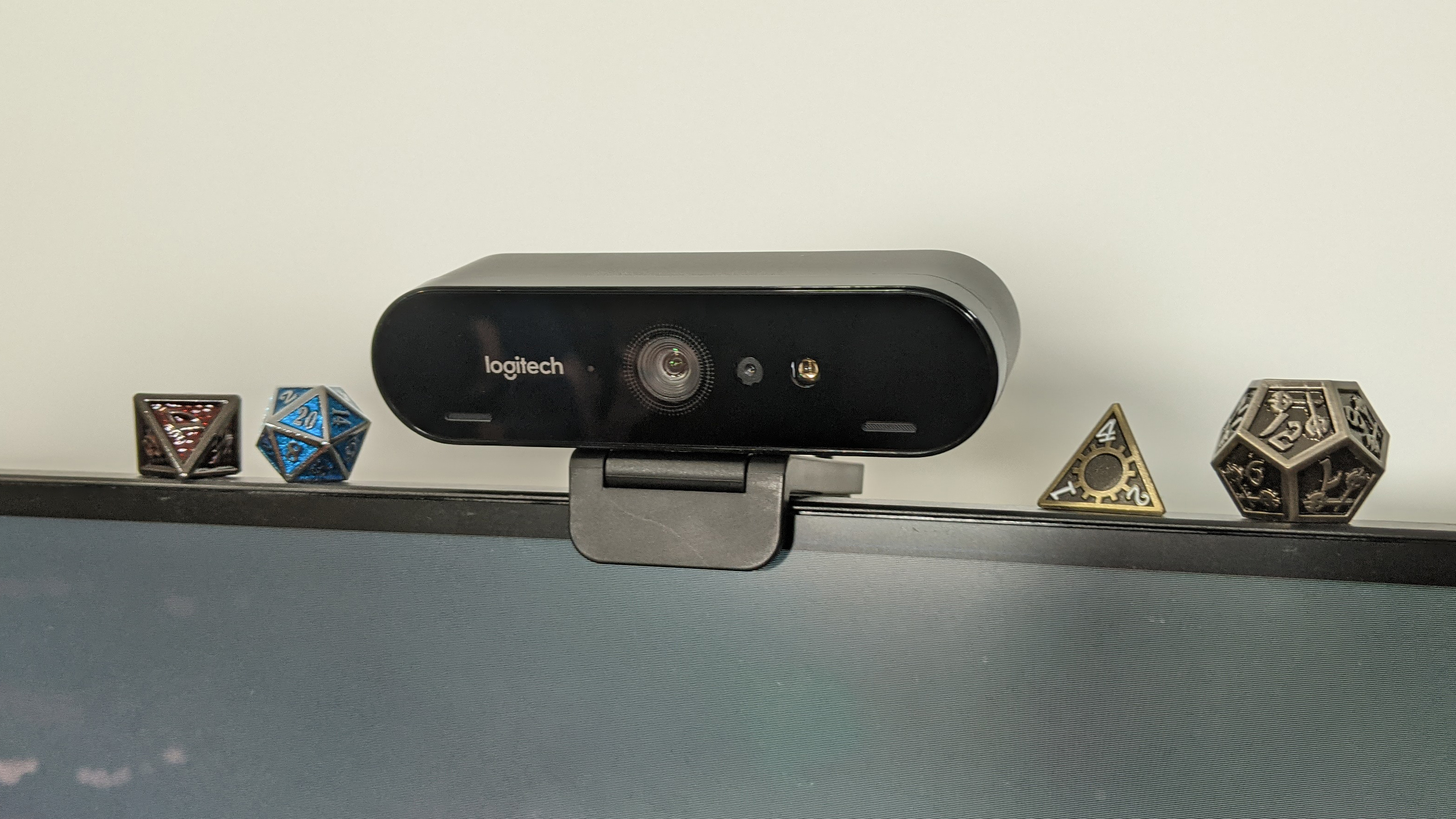
For better or worse, people are playing D&D and other TTRPGs online because… well, most of us are stuck. Unfortunately, playing TTRPGs online isn’t the same as playing it in the flesh with your best friends. However, if you have a good webcam and a decent setup, playing online can deliver a similar experience to playing in person.
It sounds simple, but optimizing your setup to capture all of your microexpressions and ensure you’re not missing a second of those beautiful people on screen takes a lot more work than you think. It’s especially troublesome if you don’t have a good webcam or multiple displays. It is my firm belief that no one should pay $200 for a webcam, so consider the Logitech HD Pro Webcam C920, which you can find for just under $90. You won’t get 4K video, but you’ll get 1080p and a wide field of view, which is good enough for showing off your gorgeous face to your D&D group.
See in-depth advice here — D&D tech tips: How to set up webcams.
4. How to make a D&D 5e character
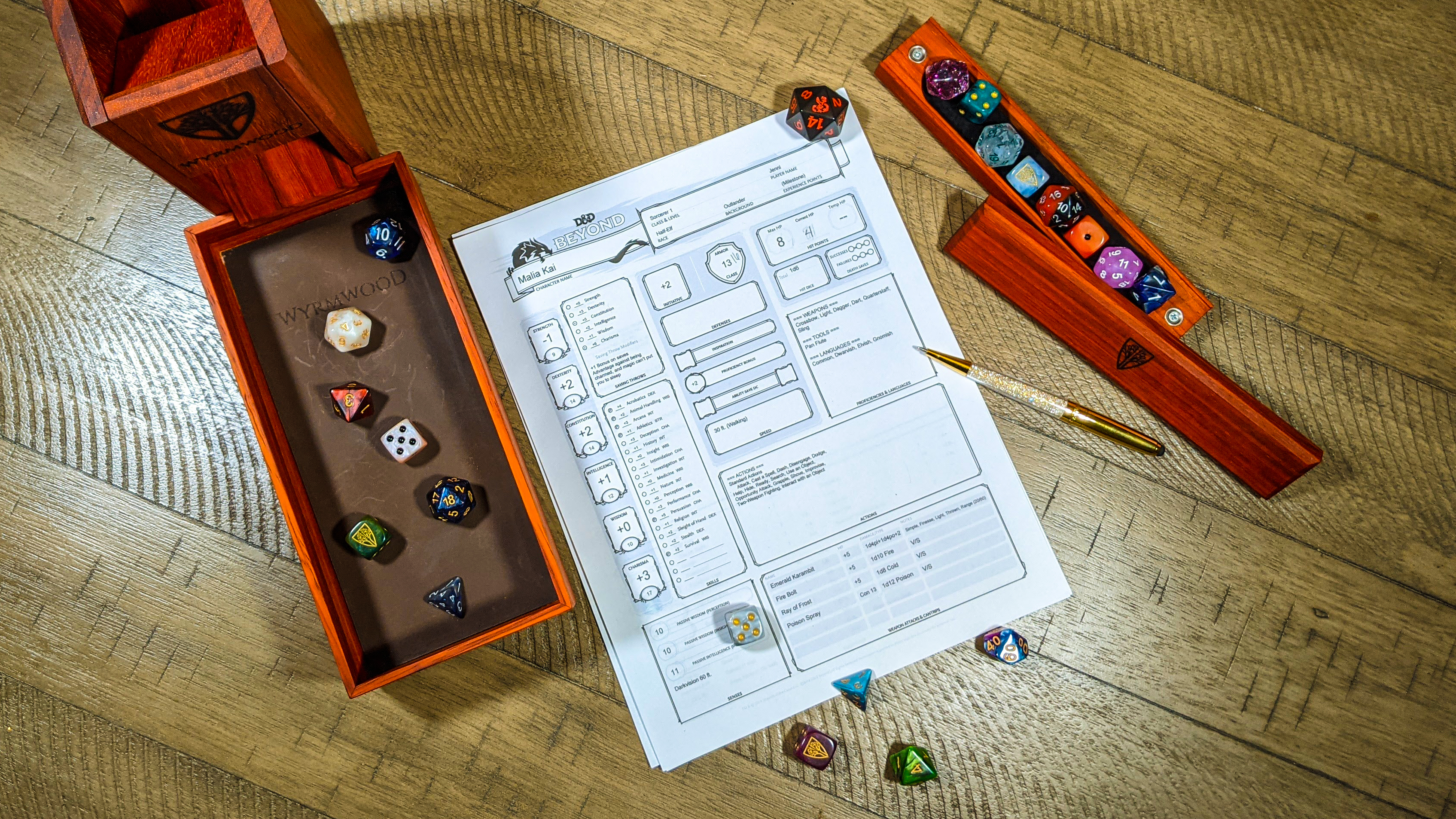
I’ve taken a deeper dive into how to make a D&D character and the best class, race and background combinations. To be clear, a good GM won’t judge you for playing any combination of class, race and background that interests you. But if you’re joining a combat-heavy campaign, consider maximizing the potential for your character. With the recent release of the sourcebook Tasha’s Cauldron of Everything, there’s a seemingly endless number of combinations.
The D&D Player’s Handbook, as well as other D&D resources, start you off by making you choose a race, but it’s preferable to choose a class first since that’s an important factor determining how you’re going to play the game. In the full article, I briefly explain each class and recommend some of the best subclasses for those classes, so you’ll have an idea of where to take the character when the time comes. I also talk about the best races and backgrounds that suit those classes.
For example, one of the best subclasses for Sorcerer is Draconic Bloodline because it gives you a massive boost to your AC (Armor Class). If you play a Half-Elf, you’ll get a boost in Charisma and an ability called Fey Ancestry, which gives you Advantage (the ability to roll twice and take the higher number) on saving throws against being charmed, and magic can’t put you to sleep. If you combine that with a Pirate background, you’ll get to be an all-around badass.
See in-depth advice here — How to make a D&D character.
5. New D&D rules are coming in 2024: What are some rules to add now?
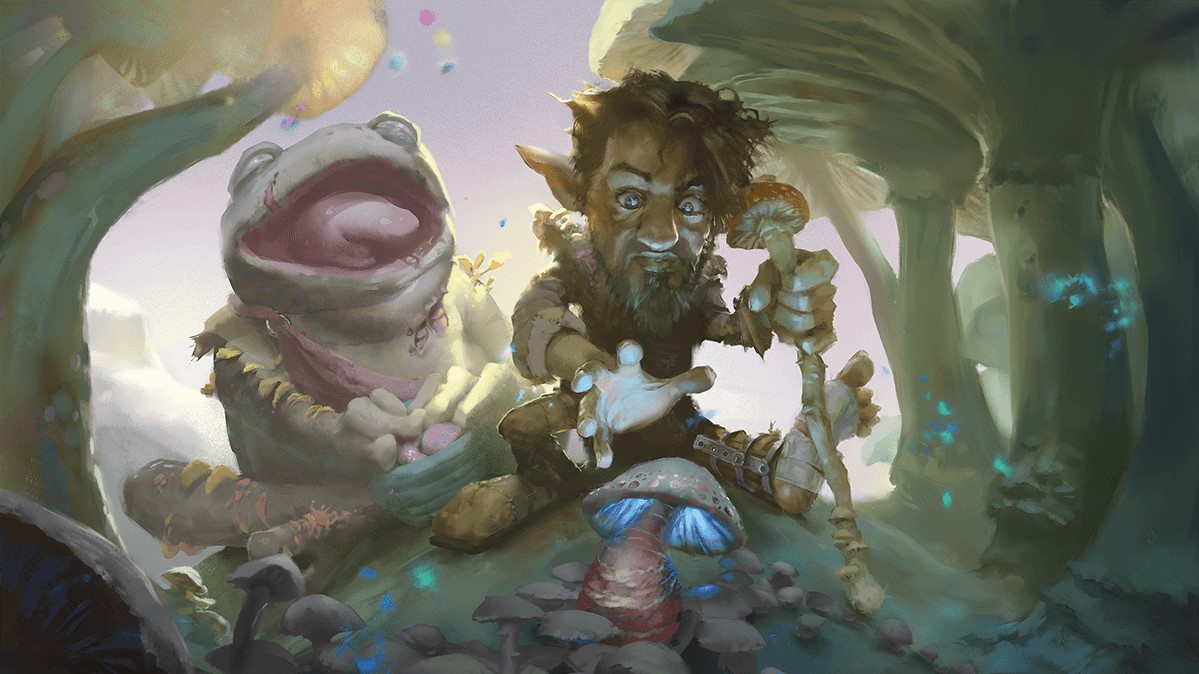
For those who don’t know, Wizards of the Coast unveiled that a new D&D ruleset is coming in 2024. This new ruleset, predicted to be as huge as a D&D 5.5e or D&D 6e, was announced by D&D’s Executive Producer Ray Winninger during the Future of D&D panel. We don’t know much about what the ruleset entails, but we know it’s backward-compatible with D&D 5th Edition, which is wonderful news for those who have invested a lot in 5e (like me). But you know, this ruleset is not coming out for a few years, so why wait when you can add new rules yourself?
If you haven’t already, check out Tasha’s Cauldron of Everything and add those new rules because they add a whole new realm of possibilities for players. Some popular homebrew rules I’ve added to my game are: Drinking potions as a bonus action; Using Spell Points instead of Spell Slots; Getting max damage on your first set of dice on Critical Hits; Letting players swap initiative rolls with one another before combat starts; Making resurrection more strict using the Critical Role method.
See in-depth advice here — Here are some D&D rules to add today.
6. What are the best soundtracks for D&D and TTRPG scenarios?
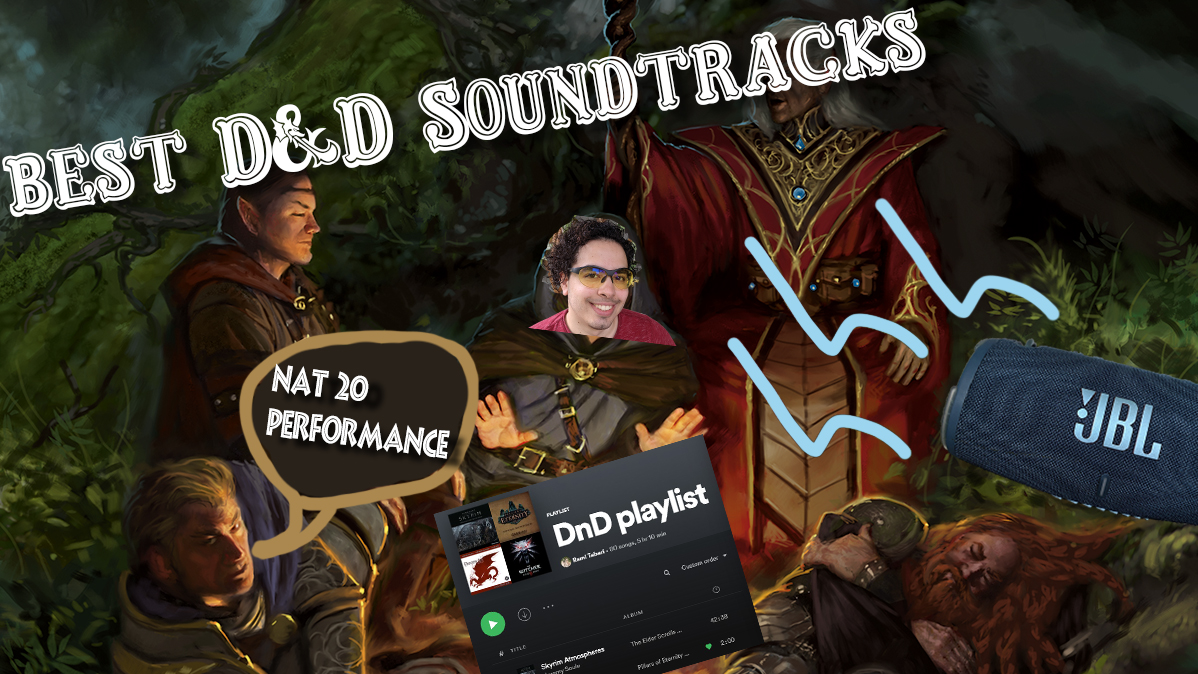
I love Dungeons & Dragons and TTRPGs like Call of Cthulhu and Star Trek Adventures, but nothing bores me more than the absence of a good soundtrack. I pride myself on my music choices in my D&D campaigns, so I want to talk about how you can easily pick the best soundtracks for every scenario in your own TTRPG campaign.
Picking the perfect songs for a TTRPG scenario isn’t as hard as it seems, but it can be time-consuming if you’re as picky as I am. I run my sessions like a drama, so I have music queued for each story beat, but I also have tracks at the ready when my players do something unexpected and there needs to be a tone shift. The soundtracks I select are from hit games like The Witcher 3, Skyrim and even Hollow Knight. If any of these even remotely catches your fancy, you and I may have similar taste.
See in-depth advice here — Best D&D soundtracks for every scenario.
7. How do I engage my players?

“How do I engage my players?” is one of the many complex tabletop gaming questions that’ll get you blanket answers from game masters. As someone who struggles with anxiety and depression — a combo that is less than ideal for a journalist or a game master juggling seven different players in a six-hour Dungeons & Dragons game — I want to thoroughly untangle these issues with my experiences.
If your players aren’t paying attention, throw the world at them. Show them that things are moving on without them. Be tactful and respectful, of course, but there’s nothing players love more than feeling like they’re a part of a living world. If everything that players experience is a reaction to their actions, the game won’t feel as real, and players can easily get into the mindset that they are in control of the world. Show them that they’re not.
See in-depth advice here — How do I engage my players?.

